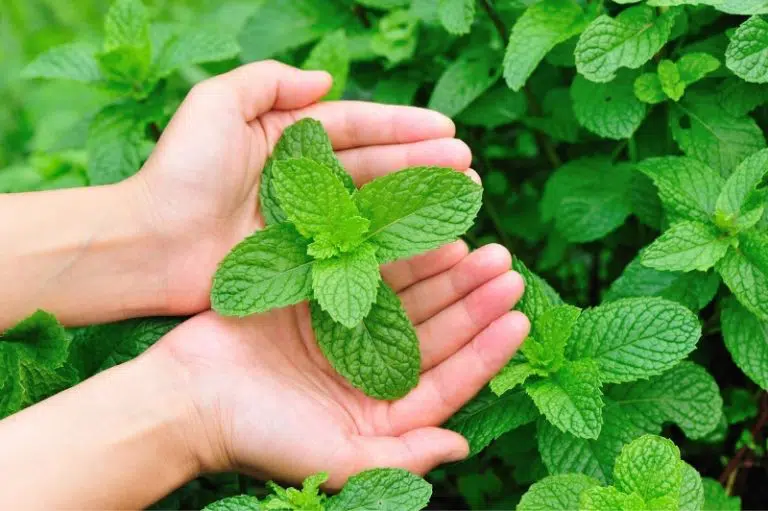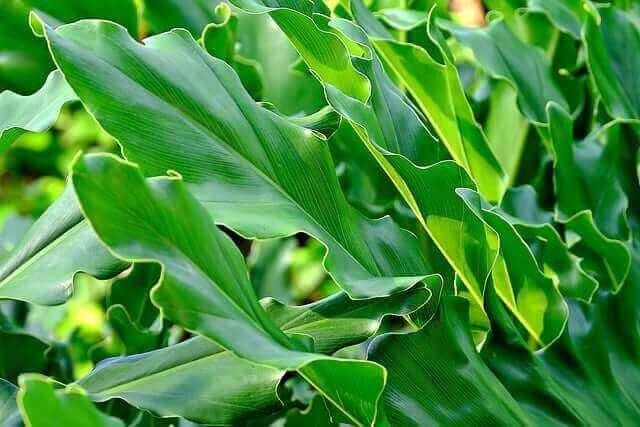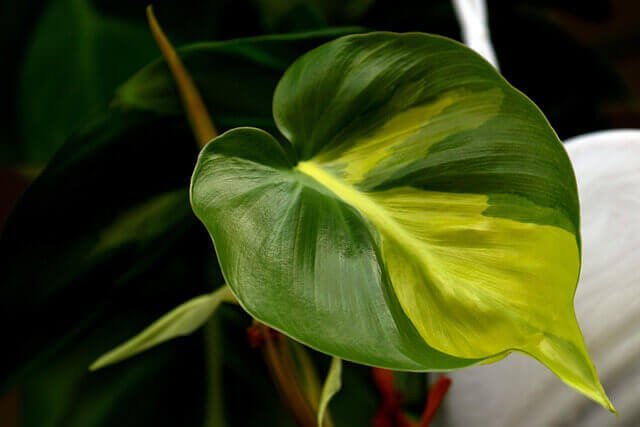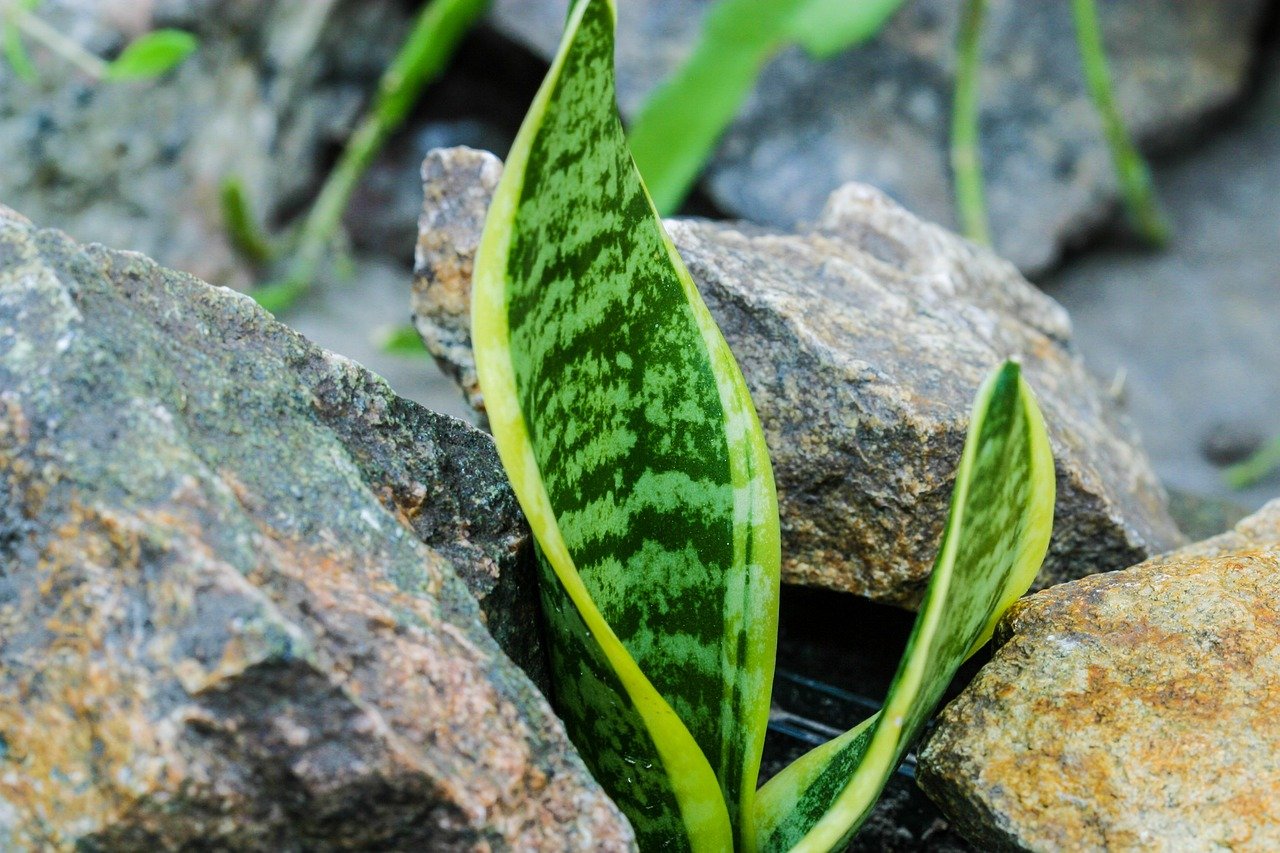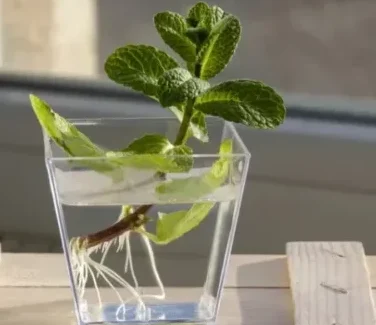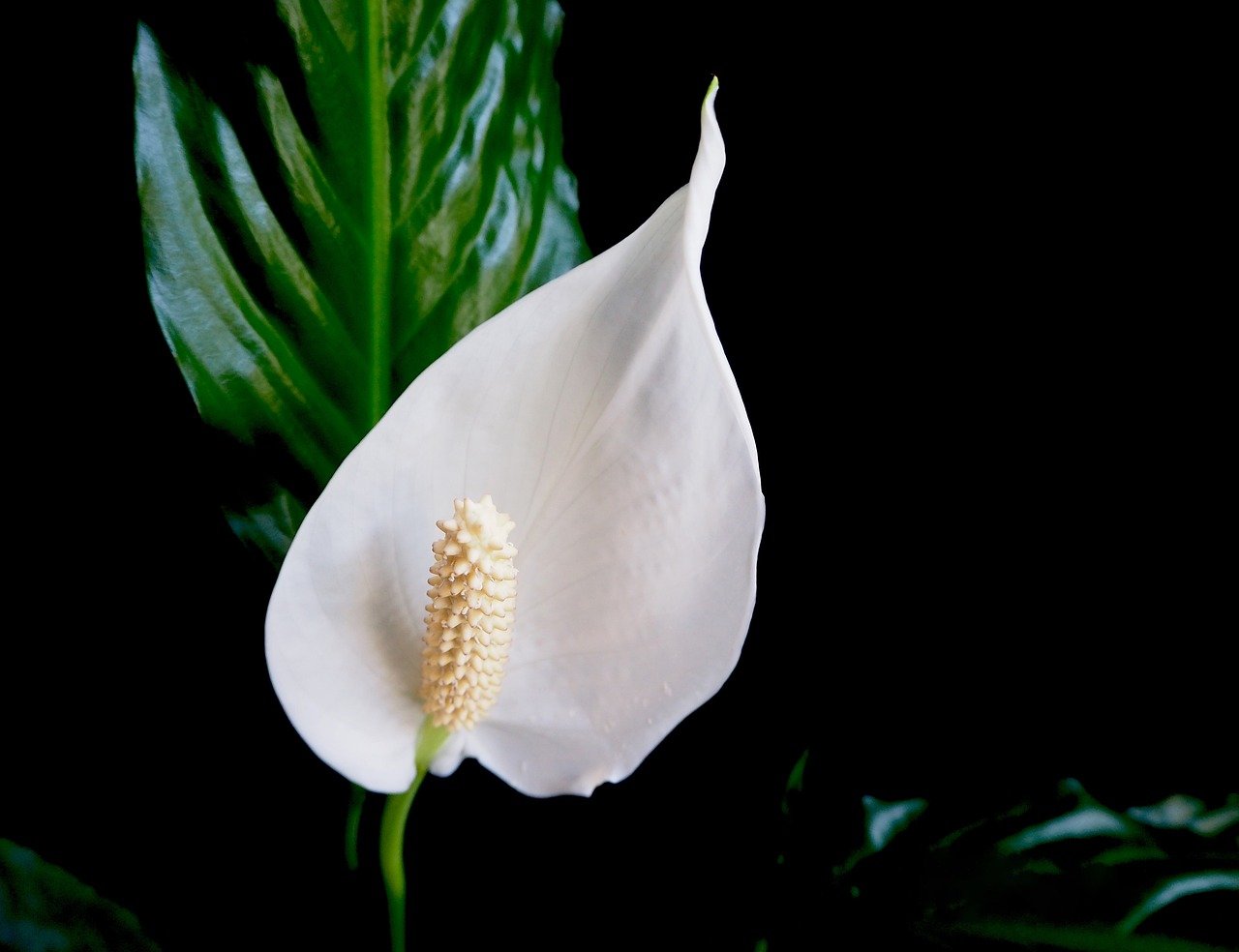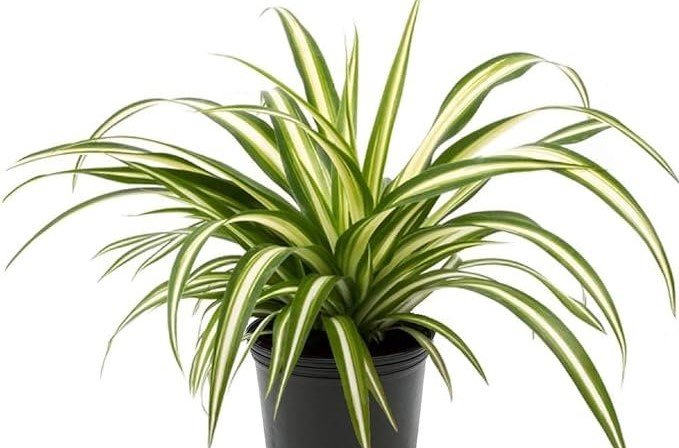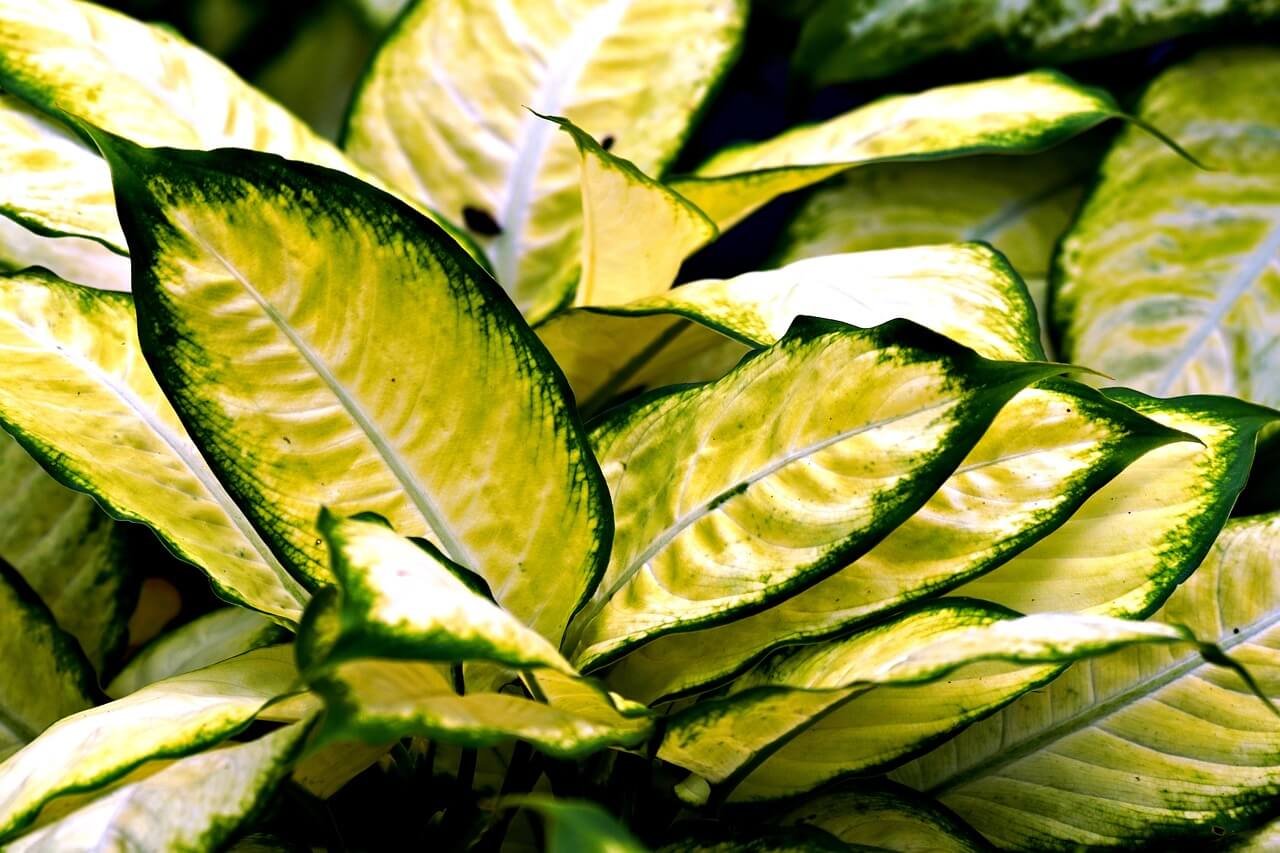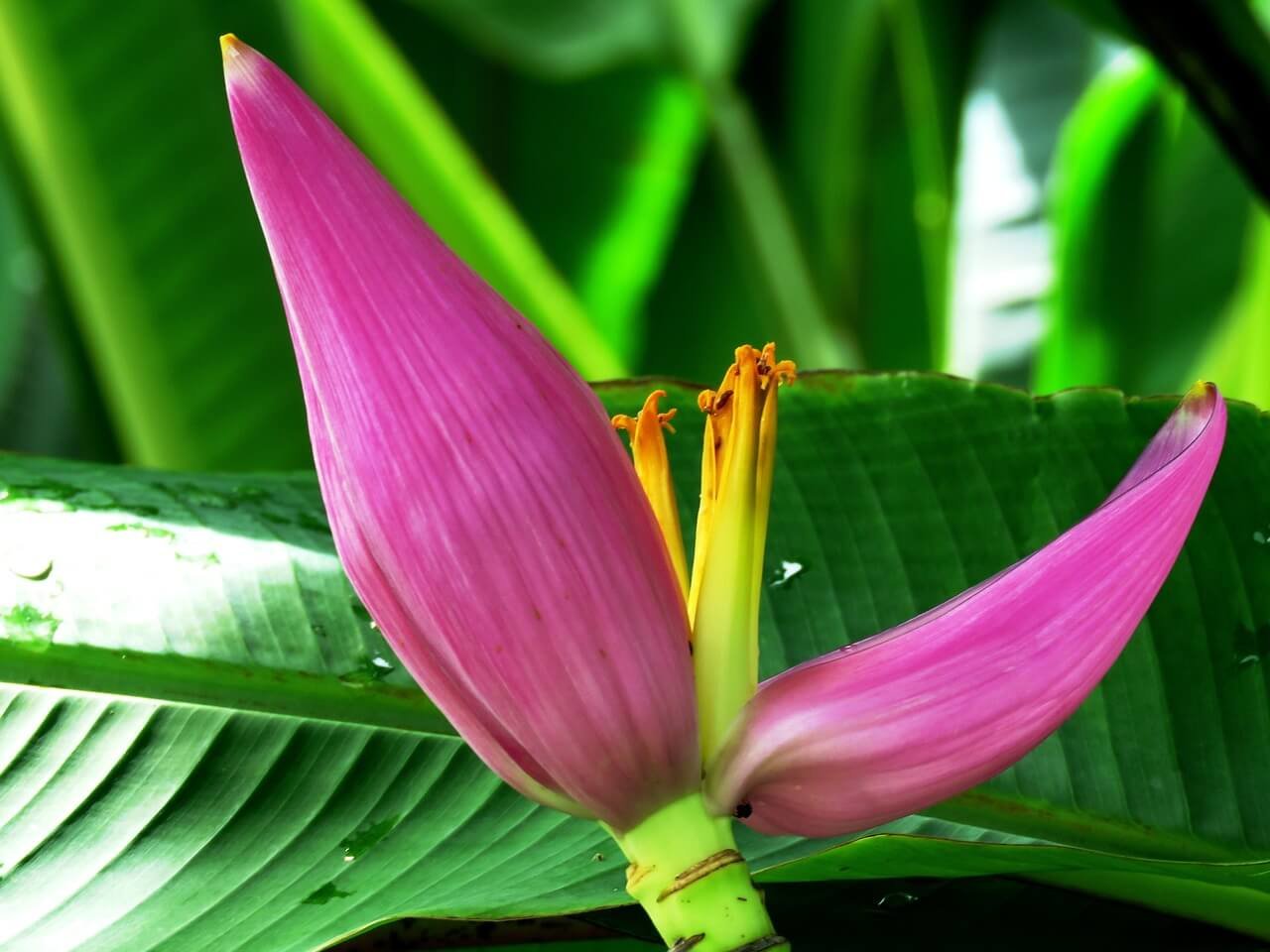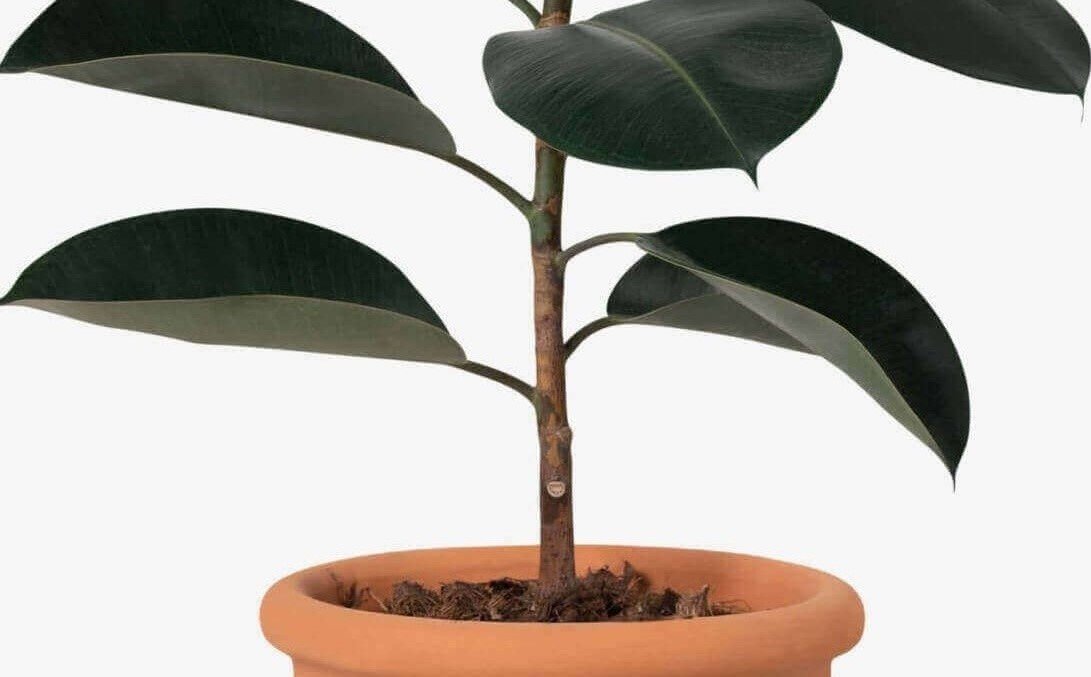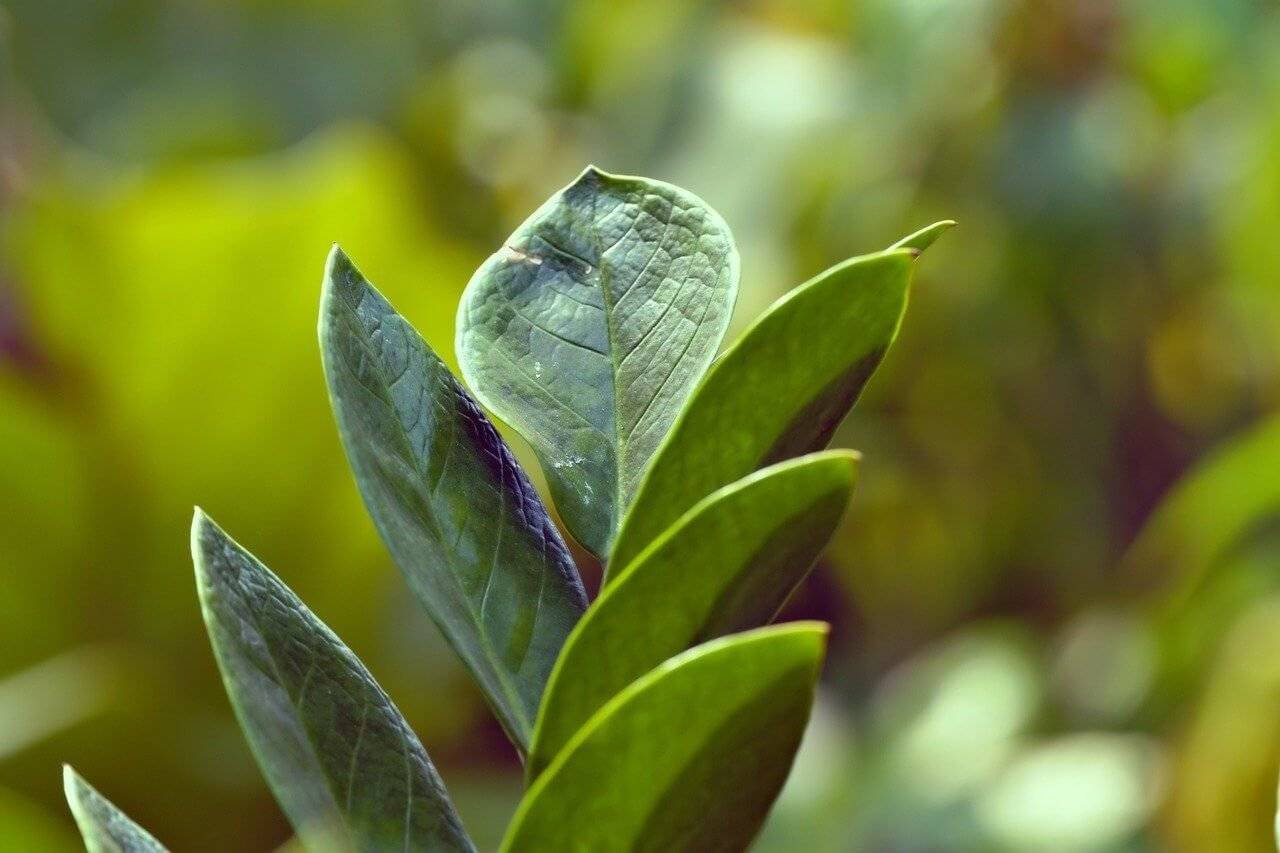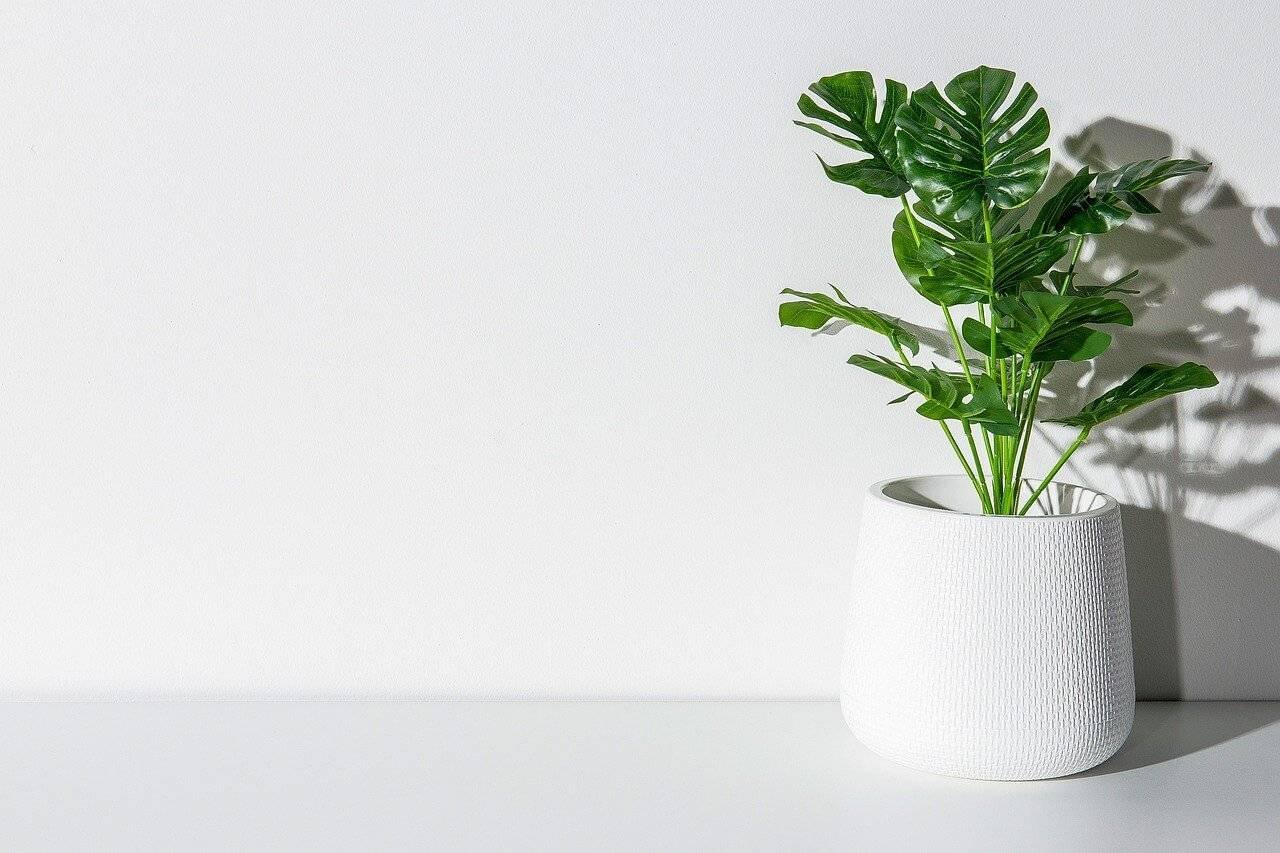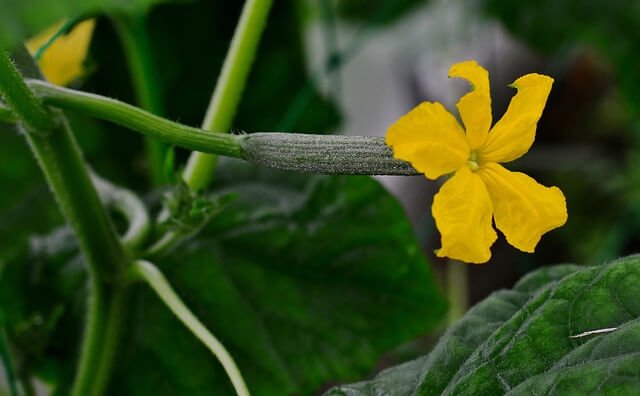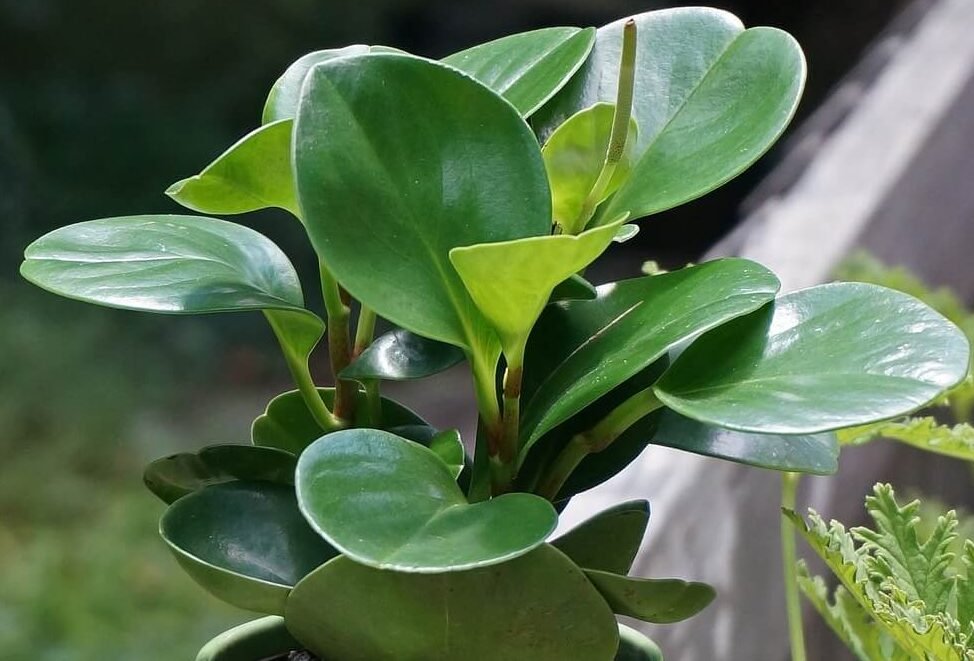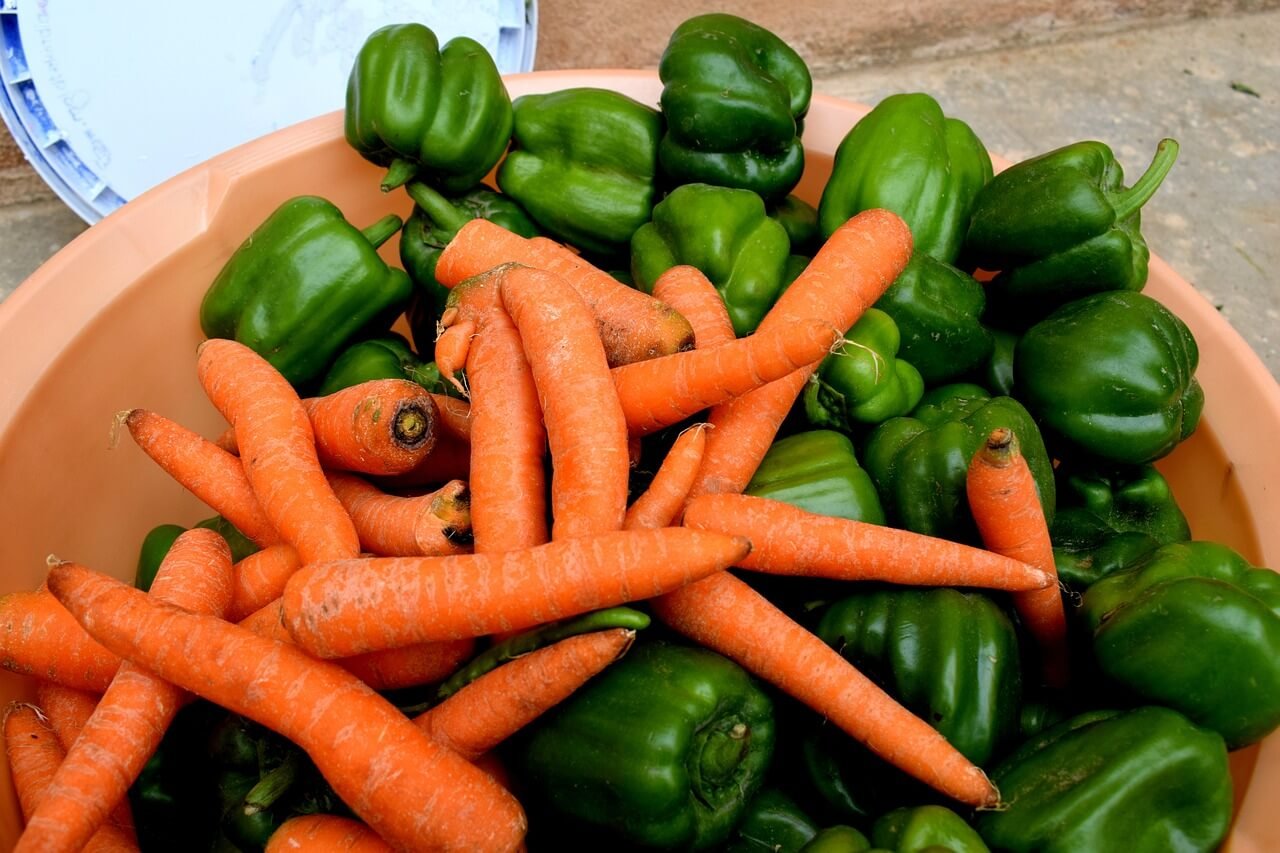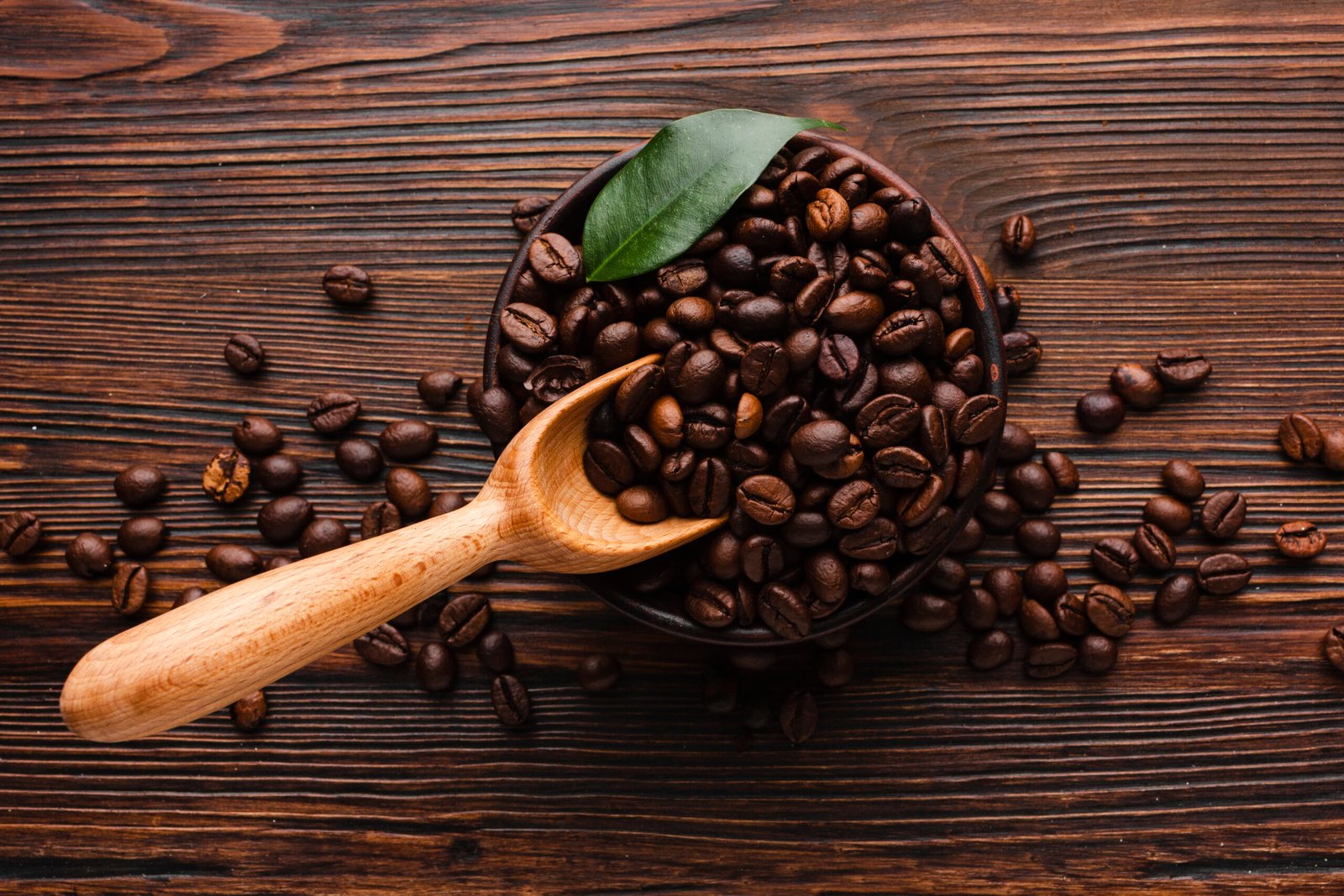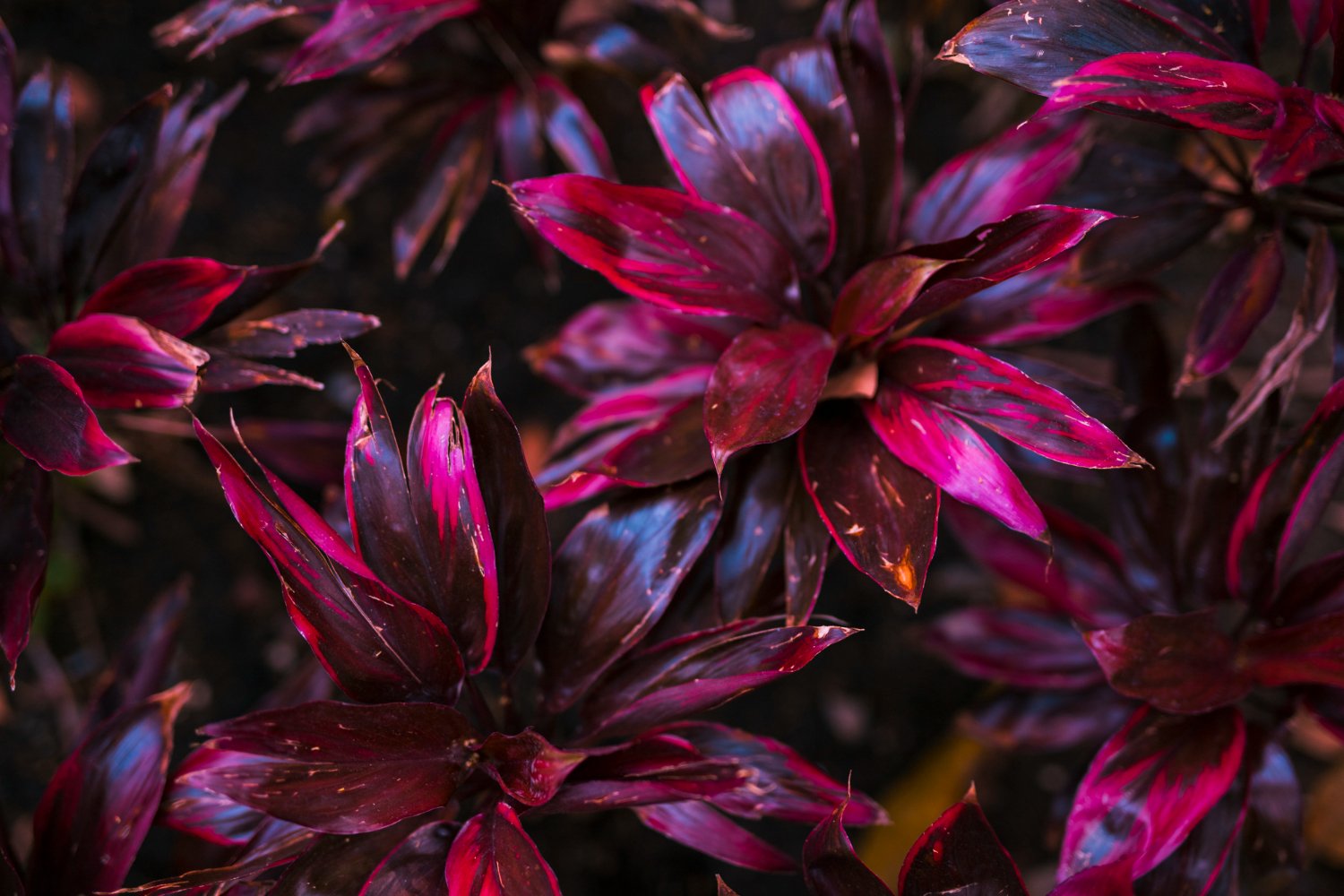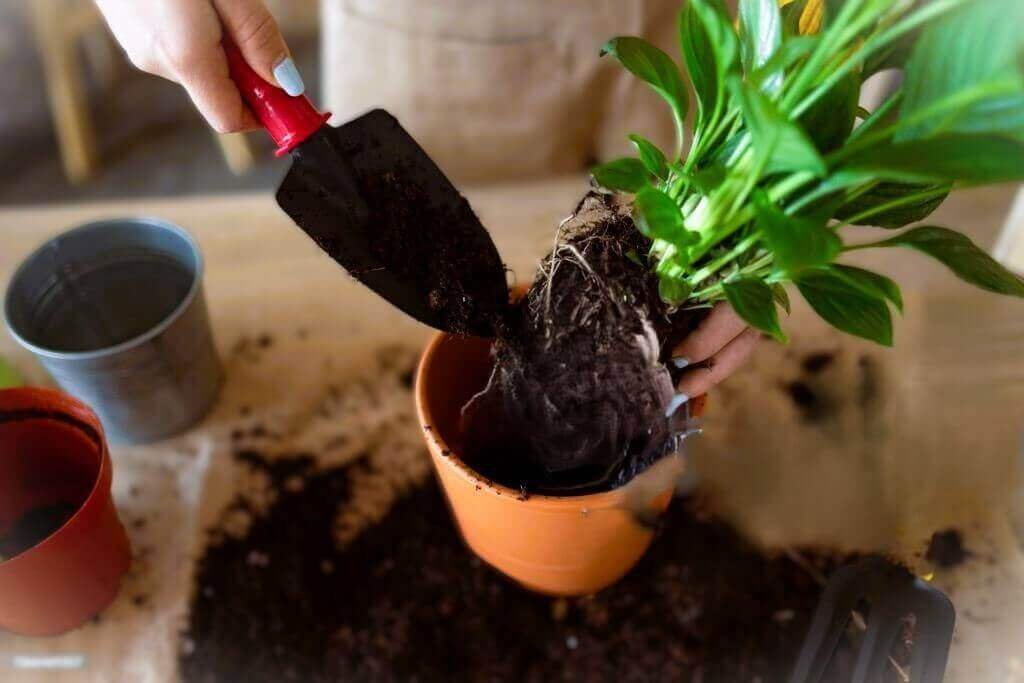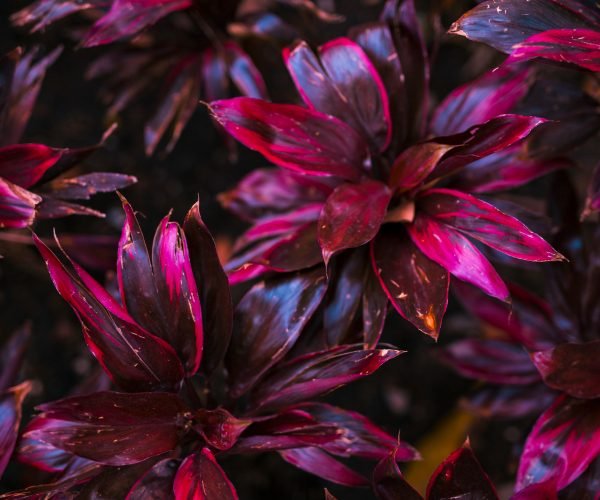
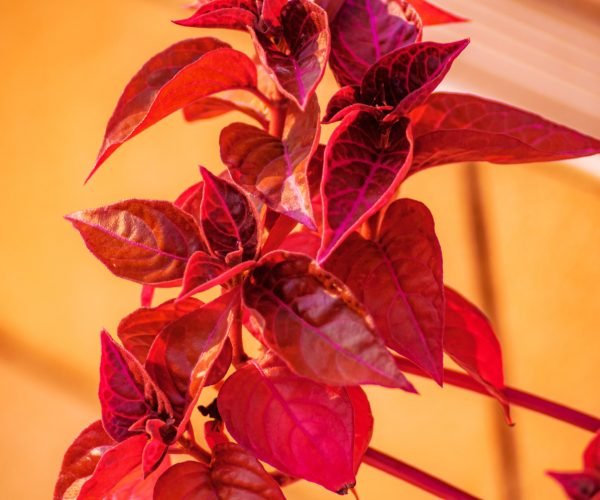
Philodendron Imperial Red
Red is not my favourite colour but if this red is being nature-created and its beauty is reflected as a symbol of love, encouragement, and strength. Then I choose this Red Imperial as my Indoor. In the Hundreds of varieties, of Philodendron erubescens, Philodendron Imperial red is One of the most beautiful and popular plants. This tropical plant is known for its colourful new leaf growth. Leaves unfurl bright red, as long as the plant is given sufficient light, before fading to a copper or gold shade and then bright green as they age.
Eye-catching
crossbreed plant
Philodendron ‘Imperial Red’ is an attractive hybrid cultivar renowned for its stunning foliage that transitions from deep burgundy to a glossy dark green. This vibrant plant has become a favourite among houseplant enthusiasts for its visual impact and relatively easy care.
Information Of :
Philodendron imperial red is its common name,
In the Araceae families Philodendron erubescens ‘Imperial Red” Is the Botanical Name and type of Herbaceous perennial young size is 2 to 3 ft. medium tall and a little wide sun tolerance partialMoist, well-drained Soil Type, pH neutral, acidic. The native area is Central America and South America. Toxic to dogs and cats.
An in-depth Looking
Philodendron ‘Imperial Red’ features large, shiny leaves that emerge a rich, reddish-burgundy colour and gradually mature to deep green, often retaining red or purple undersides. The striking colour contrast and the plant’s lush, compact growth habit make it a visually compelling addition to any indoor garden.
Native:
While the ‘Imperial Red’ is a cultivated variety and does not have a specific native habitat, philodendrons in general are indigenous to the tropical rainforests of Central and South America. These environments provide warm, humid conditions ideal for philodendrons, influencing the care requirements for their successful cultivation in non-tropical settings. Philodendrons belong to the arum family Araceae.
Philodendron imperial red makes an excellent houseplant as long as it has moist soil, warm temperatures, and bright, indirect light. Here’s how to grow and care for philodendron imperial red.
Care :
Give philodendron imperial red bright, indirect light.
Plant this philodendron in a moist, well-drained potting mix. Water philodendron imperial red when the top of the soil is dry. Fertilise this plant monthly in spring and summer.
Light :
To maintain its distinctive colour, philodendron imperial red requires lots of bright, indirect light. A great place for this plant is in an east-facing window, where it will receive weaker morning sunlight, or several feet from a south-facing or west-facing window, as long as it’s out of direct sun. Prolonged exposure to harsh, direct sunlight can burn the leaves and stunt growth. Prefers bright, indirect light. While it can tolerate lower light conditions, its vibrant leaf colour is best maintained with sufficient light. Avoid direct sunlight, which can scorch its leaves.
Soil :
Like other philodendrons, the imperial red cultivar grows best in a light, well-drained potting mix with coconut coir or peat moss to hold moisture. A standard houseplant mix with some added perlite or orchid bark for drainage can work well, or you can purchase or make your aroid-specific soil blend.
Water :
Water your philodendron imperial red when the soil surface has just begun to dry out. Rather than watering on a set schedule, it’s best to check the soil moisture regularly and water based on that. Avoid letting the soil dry out completely. Empty drip trays and saucers after watering to make sure the plant is never sitting in water, which can lead to root rot.
size:
This cultivar typically reaches about 2-3 feet in height and spreads (60-90 cm) when grown indoors. Its manageable size and robust form make it an excellent choice for adding a splash of colour to interior spaces without requiring extensive space.
Flower:
Like many hybrid philodendrons, ‘Imperial Red’ is grown primarily for its foliage and rarely flowers indoors. When it does produce flowers, they are typical of the Philodendron genus, featuring a spadix surrounded by a spathe, but these are not the plant’s main attraction.
Hardiness:
In the Bangladeshi environment, this plant can grow easily and strength though It is hardy in USDA zones 10 to 11 and can adjust the temperatures between 65°F 18°C and 85°F 29°C. It can lose its strength and become weak in the dry and cold.
Temperature and Humidity:
Bangladesh is a six-season country maximum season of warm, humid, moist environment.
Philodendron imperial red prefers warm, humid conditions. This tropical plant temperatures are between 60 and 80°F.
Prolonged exposure to temperatures below 55°F can damage or kill your plant. Philodendron imperial red grows best at humidity levels between 50 and 70 per cent, but this plant can handle average household humidity in temperate climates.
If your space is exceptionally dry, run a humidifier near your plant to add moisture to the air.
Fertiliser :
Begin fertilising philodendron imperial red when you first see new growth in late winter or early spring.
Feed your plant monthly with a balanced liquid houseplant fertilizer diluted to half strength. Stop fertilizing in the fall when days shorten and temperatures cool.
Foliage:
The foliage of the Philodendron ‘Imperial Red’ is its most notable feature, with the glossy, leathery leaves and their evolving colour palette providing year-round visual interest. The plant’s ability to retain multiple shades of red and green at once adds to its ornamental appeal.
Uses:
Its striking appearance makes it a focal point in any room, enhancing spaces with its vibrant foliage and tropical feel.
toxic: if ingested. They contain calcium oxalate crystals that can cause mouth and stomach irritation. Contact with the sap may cause skin irritation.
Pruning :
Philodendron imperial red doesn’t require regular pruning, but it’s a good idea to remove yellow or dying leaves as they appear.
Cut them back at the base of the petiole, or leaf stem, with clean, sterilized shears. As the central stem grows taller, you may want to provide the plant with a moss pole or trellis for support.
Propagating Philodendron Imperial Red
You can propagate philodendron imperial red by dividing offsets, or plantlets that can emerge at the base of the mother plant. The best time to do this is during repotting.
Before you begin, you’ll need a healthy mother plant with a few offsets, sterilized shears, small plant pots, fresh potting mix, and gardening gloves. Here’s how to propagate philodendron imperial red by division.
Gently tip your plant out of its pot. Use your fingers to loosen the soil around the root ball.
Carefully separate any offsets from the mother plant, making sure to keep the foliage attached to the roots. If you can’t separate the roots of the offset from the main root ball by hand, use clean shears to cut through the roots.
Fill the pots halfway with the potting mix. Plant the offsets, filling in with more fresh potting mix and patting the surface gently to hold it in place. Report the mother plant.
Water the offsets well and put them in a warm place with bright, indirect light. Keep the soil evenly moist but not soggy. When you see new leaf growth, the offsets are established and can be cared for as usual.
Potting and Repotting Philodendron Imperial Red
You’ll know it’s time to repot your philodendron imperial red when you see roots growing out of the holes in the bottom of the pot or filling the soil surface. Other signs that it’s time to report are that water seems to drain out immediately without being absorbed by the soil, a dull appearance, and stunted growth.
Benefit:
Beyond its decorative value, it also serves as an air purifier, improving indoor air quality by filtering certain toxins. Even if you don’t see any of these signs, it’s a good idea to report every two to three years. Repot in spring or summer using fresh potting mix.
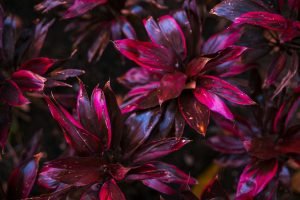
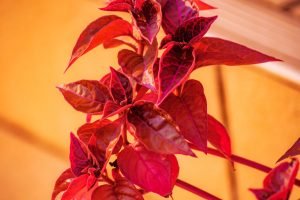
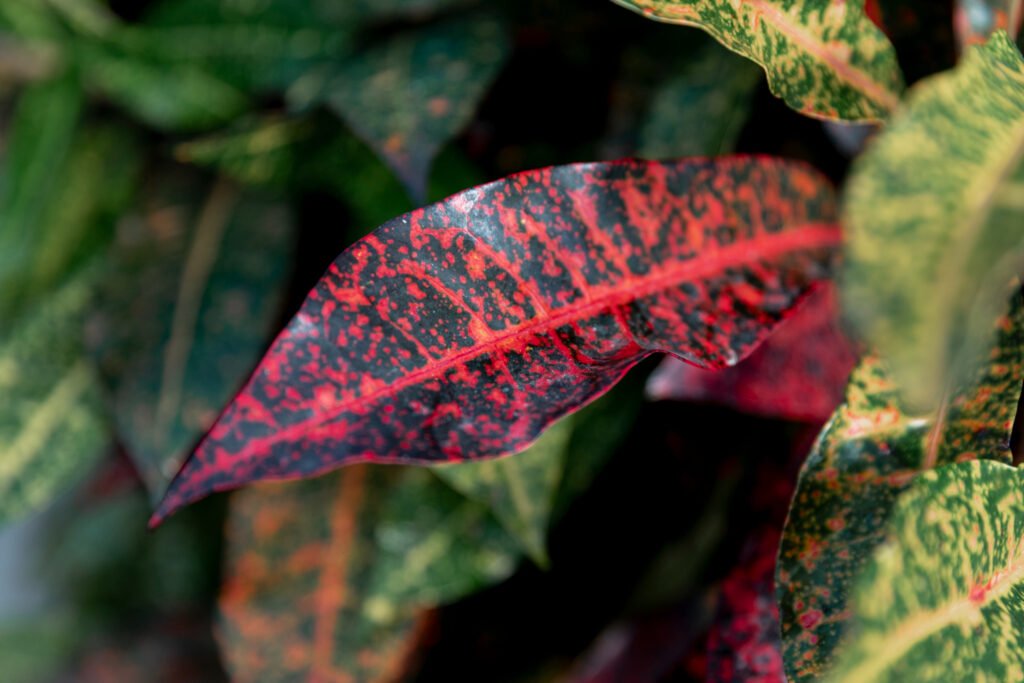
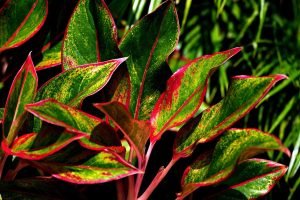
About Author
I am an experienced indoor gardener working happily
and successfully in this sector for about five years.
Thank You

